A question that I have discussed on a few separate occassions with friends over the last month or so has been the question of how to determine quality in a given agricultural product — in this case, tea, but more generally the usual suspects, such as wine, whisky, etc, came up as well over the course of discussion.
The problem is: how do we determine whether tea A is better than tea B? What are the standards, and who determines these standards? Is there such thing as a tea A that is unequivocally better than tea B?
Let’s start with the basic question. How do we determine what’s better and what’s worse? There are obviously different ways of approaching the question. The “scientific” one is one that bases itself on various metrics that are somehow measurable and readily testable. For example, something about dissolved materials in the water, amounts of various kinds of chemicals (name your favourite antioxidants, for example) and also the absence of unpleasant things. It’s a very scientific way of measuring tea, and coupled with more physical traits, such as the size of the leaves, the amount of variation in such traits, etc, you can arrive at a way to grade certain kinds of teas in a rough “best to worse” sort of way. Any buyer of Longjing would’ve encountered such a grading system — they are meticulously graded from high to low, with corresponding prices. The highest grade is the best, the lowest grade the worst. Simple, right?
Well, maybe, maybe not. I have met many people over the years who do not like the highest grade of Longjing — mingqian longjing can often be too soft and light, and for many, it is on the wrong side of being bland. For them, it is much better to drink something slightly lower grade — a yuqian, for example, or some other teji type Longjing. They find the flavour more robust, and the tea more interesting. The same can be said for people who prefer second flush Darjeelings over the first, etc.
That leads me to the question at hand — is that “objective” quality scale really a measure of quality, and is it absolute? In other words, can you really just say that a mingqian Longjing is better than 4th grade Longjing, period, no qualifications? Or can we only say that “for me, this mingqian Longjing is better than the 4th grade one”? Is there such thing as an absolute measure of quality?
When talking this over with a wine sommelier over the Christmas break, her argument is strongly in favour of the existence of some sort of absolute quality. One can indeed say that this Grand Cru Burgundy is better than that Beaujoulais, period (I know, not a fair fight, but I’m trying to make a point). Likewise, applying the same logic, one could say that this dahongpao is indeed better than that Taiwanese jinxuan oolong. The key to this measure, especially when one compares things that are not directly related to one another (as opposed to our Longjing example earlier where everything is supposed to be the same type) is the tongue of the expert, or perhaps a group of experts, who have tried a multitude of things and are very knowledgeable in their field of expertise. They can use their knowledge to evaluate the goods in question, and then arrive at some sort of measure of quality that puts different wines or teas or whatever into a ranking of one over another. In other words, there is such thing as absolute quality. I had a similar conversation with a friend’s friend, who, among other things, sells whisky. The logic was similar – the expert knows best, basically.
I must say I am not entirely convinced. What, exactly, does it mean when we say something is “better”? That it is of a higher quality, that it is more worthy of our money, or that it should be more pleasurable to partake in? Or, perhaps, none of the above, or some combination of all of the above?
That’s where I really have a problem with the idea that there is some absolute scale of quality. I know, from my own vantage point, that I have a personal scale of things that I think are higher quality than others. I know which teas I deem to be great, which ones good, which ones bad. I also know, however, that my ideas change, that what I think half a year ago as great may, upon further inspection, feel less great. There is, of course, also the question of interference — I am predisposed to think that a certain tea is better if I were told that it was some ultra rare tea that came from Zhou Yu, than some no-name stuff that one picked up from the Kunming tea market, and this is before I even take a sip of anything. In this case, one can make the case that the expert and his blind tasting, a la Robert Parker, is really the best way to judge a tea, but then, there is also the argument against blind tasting. The problem here really is a relativistic one — just because some expert out there, who presumably knows far more about tea/wine/whatever than the average joe, thinks A is better than B, does that make it really better? Does that actually MEAN anything?
I spent the past weekend with a tea friend who knows far more about black tea than I do. He drinks all manner of them, and also a number of darker oolongs and some puerh, mostly of the cooked variety. I’ve been trying to find this friend some quality raw puerh that he might like, but generally, I fail, because of a problem that never goes away — apparently, he is very sensitive to bitterness. I knew this all along, but it has been confirmed again, probably definitively, this time around. Because of this sensitivity, young, raw puerh in general tastes far too bitter for him to enjoy, and unless it is old or well stored in a traditional storage, the bitterness overpowers everything else a tea has to offer and is therefore unenjoyable. It doesn’t matter what I or anyone else thinks of these great young puerhs — even if it’s top flight, super high end stuff, he probably will still feel it’s too bitter and impossible to drink in an enjoyable way. Each of us, I think, have similar preferences and therefore will have our own personal scale. What, then, does it really mean when someone else who “knows” rates one over the other? So what?
We see this phenomenon with puerh all the time. Some critic out there, presumably someone who sits on a large stash of tea A, for example, goes on some magazine or internet forum and says that said tea A is excellent. Meanwhile, he is slowly feeding the tea to the market through various channels. Before you know it, the tea makes it big, gets famous, prices shoot up, all the while the tea itself is really…. not that great. But surely, these critics must know what they’re talking about, because they are, well, knowledgeable, right? They have twenty years of drinking experience, no? If you drink, say, tea A, and think it’s just ok, it must be because you don’t know how to appreciate it yet (and sometimes some of these critics will actually come and tell you that, in no uncertain terms — this happens more on Chinese forums than anywhere else) and that you just, well, need another ten years under your belt to really appreciate it.
Now, someone like Robert Parker doesn’t do that, I know, but even then, these wine critics do have their skin in the game, sort of. Even if a critic has no agenda, he or she is still biased by his or her own tongue in ways that we cannot know. Wine drinkers lament the direction in which the market is headed, just like how tea drinkers in Hong Kong lament the demise of traditionally processed tieguanyin, but nonetheless, the market moves that way, often guided by a number of influential individuals who prefer their drinks a certain way. In
the case of tea, the process is infinitely more complicated because the drinker is also, indirectly, the maker — you brew your own tea. The critic/expert is not there to make it for you, so although the expert, in his expertly way, might make the tea a certain way and come to a certain conclusion, for the drinker reading said criticisms, that might not be relevant at all. If the drinker is, say, an expert in making tea grandpa style, but the critic is drinking his with 10g of tea in an 80ml zhuni pot…. do the critic’s comments still apply? Really?
This is partly why I basically no longer post tea reviews of any sort, save for ones I find particularly interesting or when I really feel like having something to say. With tea I just find that the room for variation is very large — it basically all depends on how you make the tea, and to a very large extent, the water you use. What I find to be excellent is not always going to go down well with other people, and while I am convinced that I have some basis in what I say, it does not mean that what I say applies to anyone else, really. One person’s “butchering” of a tea in terms of brewing methods can be another one’s “perfect”. What’s more important than figuring out the supposed absolute quality of a tea is to figure out how to get the most out of the tea. That, I think, is the key to tea drinking.



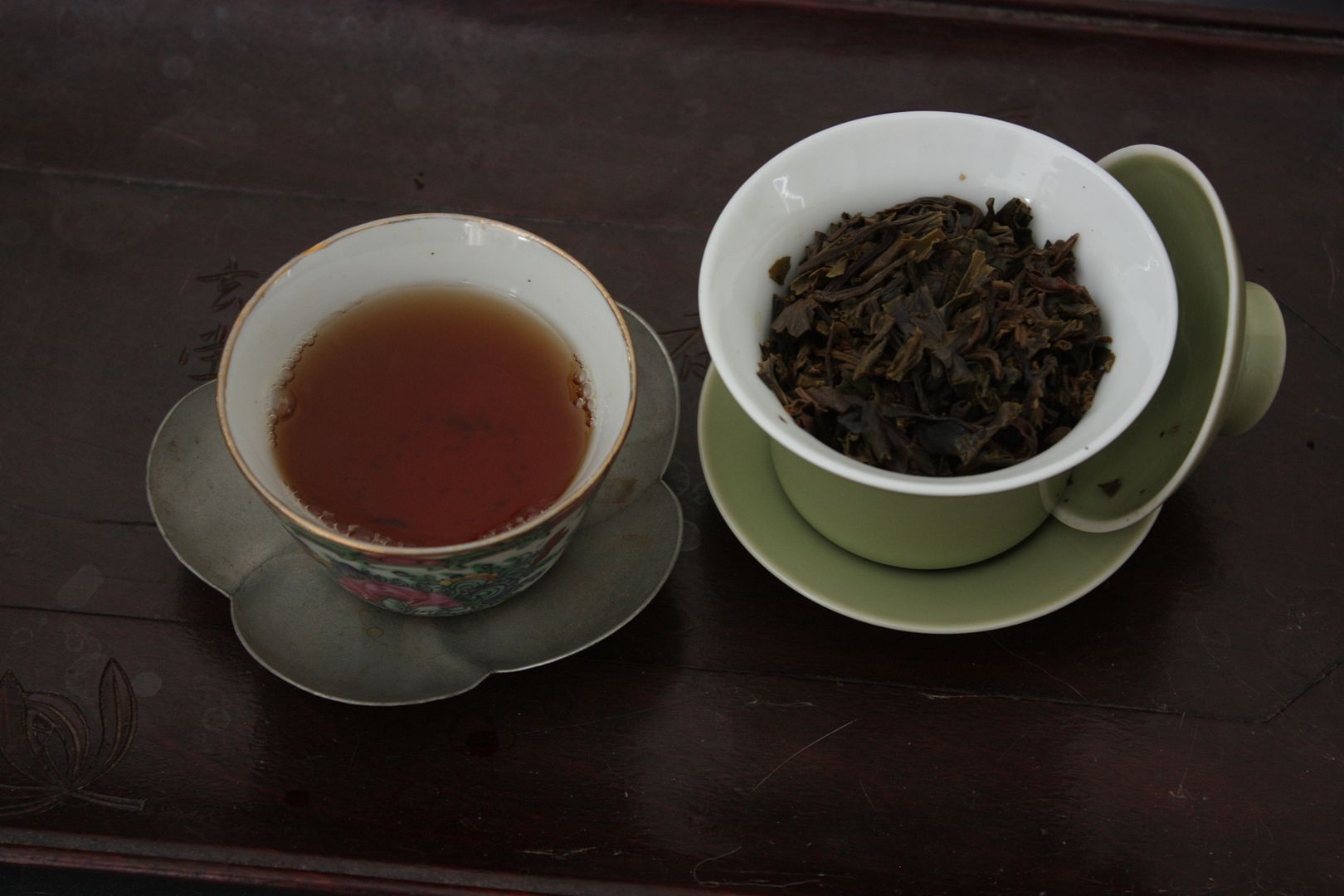
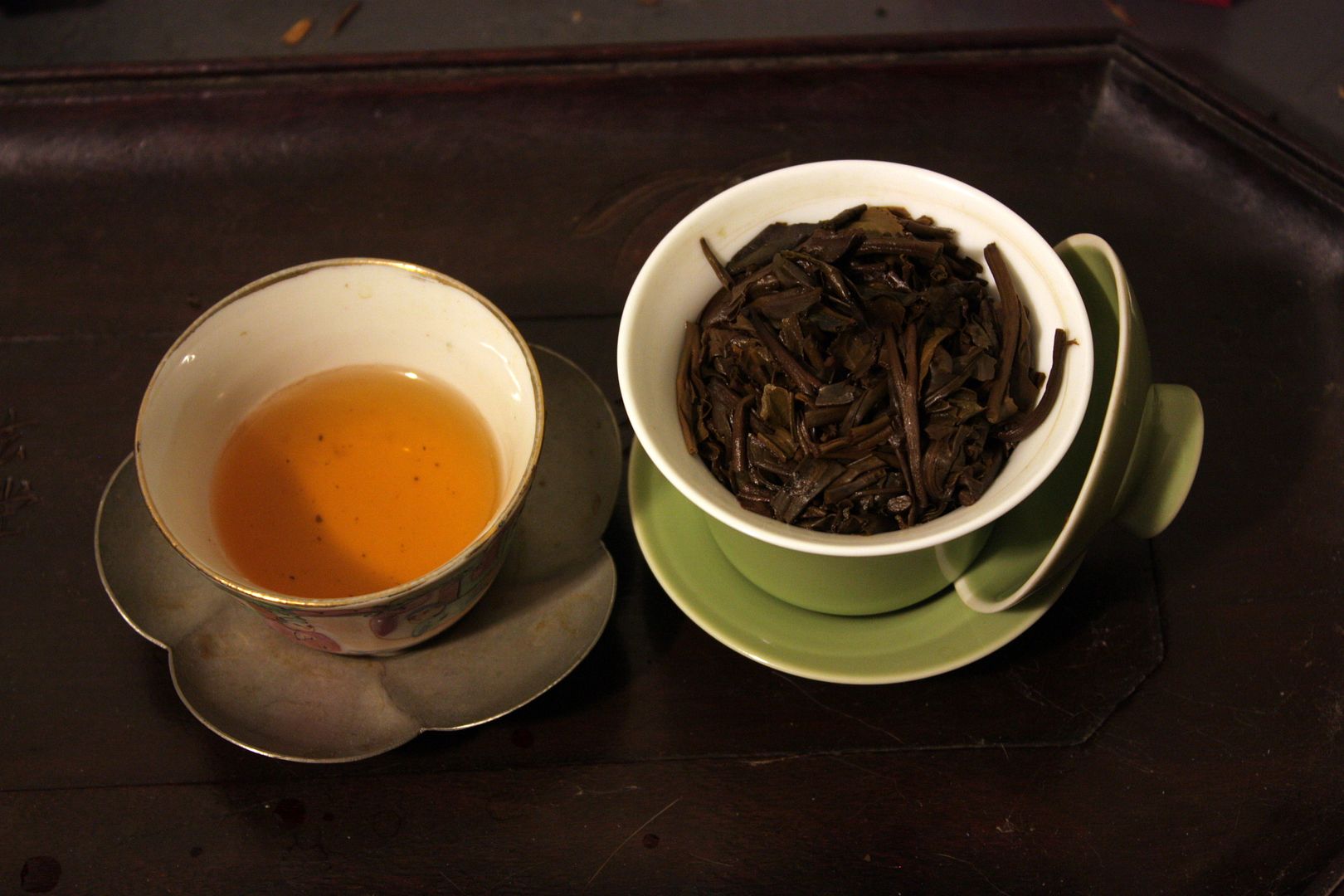
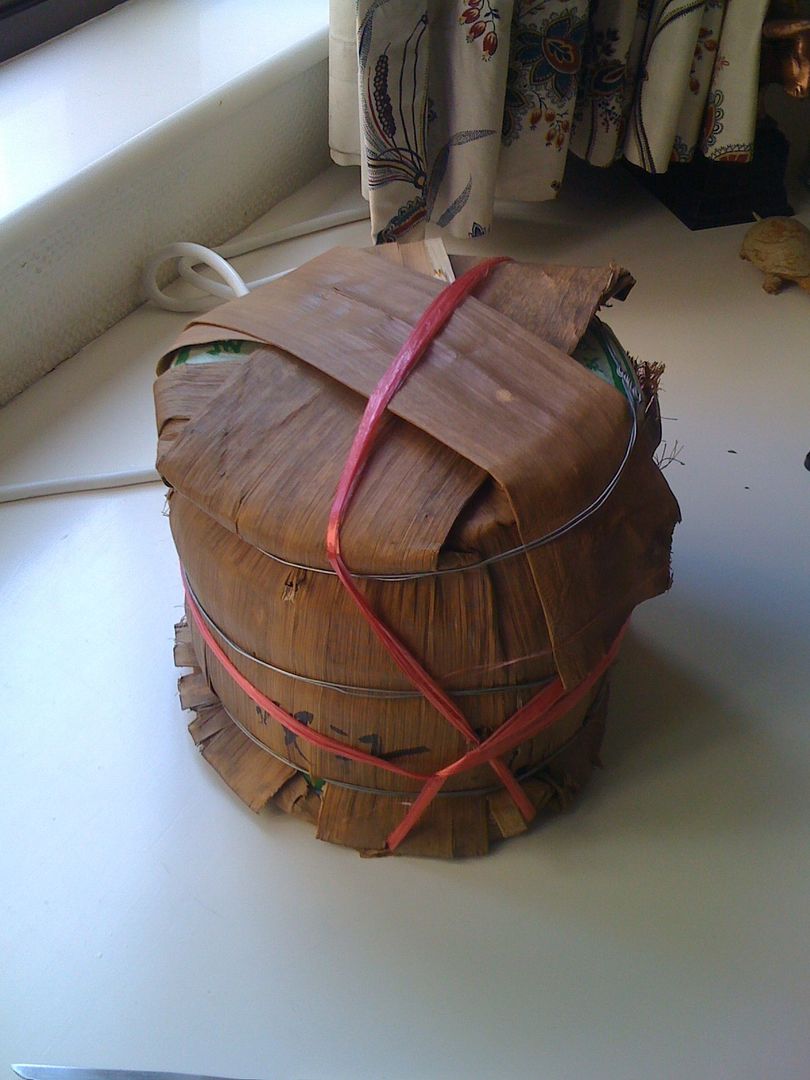
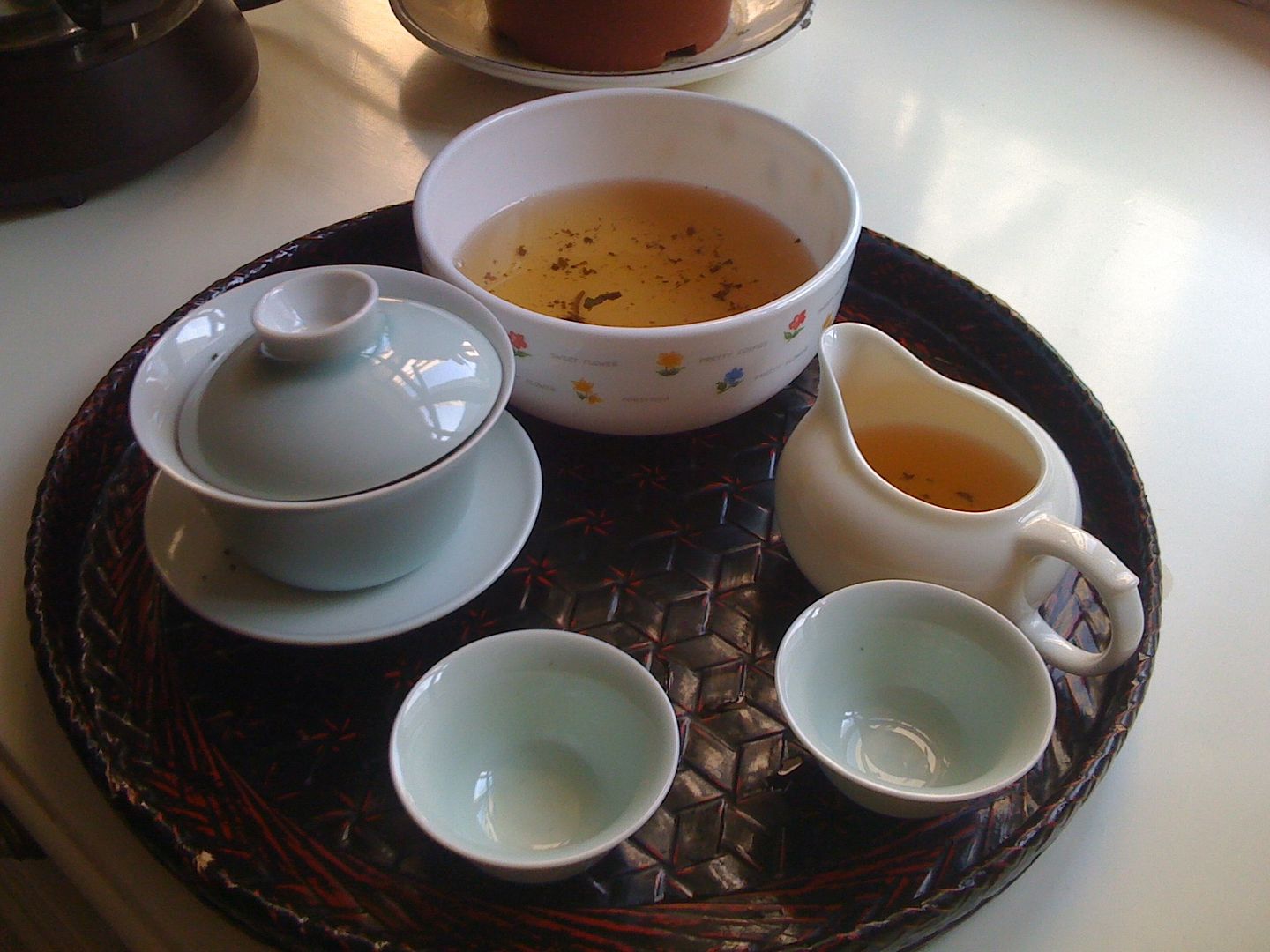
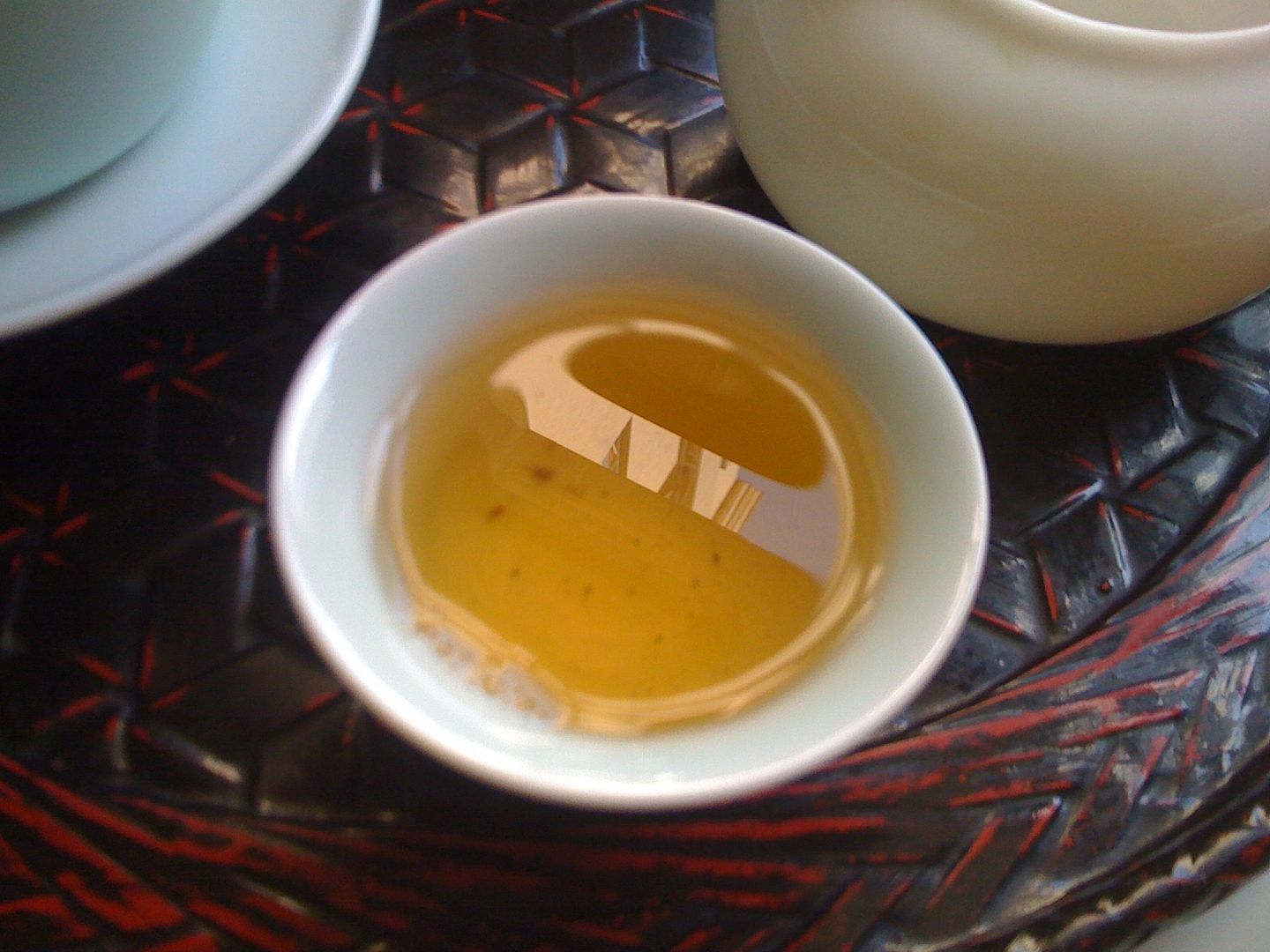
Yeah whisky prices have been leaking too, as well as luxury watches. I wrote a post maybe a decade ago…